August 6, 2025 • 17 min read
Digital Customer Experience: Strategy & Examples

Content Writer
August 6, 2025

Digital customer experience (DCX) is a key player in the genesis of your brand's perception, the road to better customer loyalty, and, of course, revenue growth. Companies who make it their top priority to satisfy and promote usability across digital channels see up to 15% higher revenue growth versus those that don't and 83 percent of customer-centric groups report firmer financial performance, highlighting a clear connection between seamless digital interactions and better business outcomes.[*]
This guide touches on all aspects regarding DCX. Learn about DCX's core components, uncover key performance indicators, and see which tools we best recommend to measure and improve your experience. Whether it's optimizing for conversions, fortifying your retention strategy, or juicing up your post-sale engagement process, DCX will help you deliver consistent and impactful interactions at every touchpoint.
What is Digital Customer Experience (DCX)?
Digital customer experience (DCX) shapes overall perception of the brand through interactions with websites, mobile apps, email, live chat, social platforms, and other digital touchpoints. It’s the fast-moving, data-rich layer of customer experience that plays a foundational role in long-term loyalty.
McKinsey themselves say that customers that prioritize digital interactions lead to rises in customer satisfaction by up to 20% while cutting service costs by 40%[*], making DCX a core competitive advantage and a must-have tool to use today and well into tomorrow.
DCX vs. Traditional Customer Experience
Traditional CX touches on both physical and digital planes and touchpoints, like in-store visitations, phone support, or face-to-face interactive consultations. Digital customer experience is solely concerned with interactions that take place through virtual avenues.
| Aspect | Digital CX (DCX) | Traditional CX |
| Channels | Websites, apps, chat, social media | Stores, call centers, events |
| Metrics | NPS, CSAT, click-through rate, time on site | In-store surveys, call resolution time |
| Examples | Online checkout, mobile support chat | In-person assistance, printed catalogs |
Core Components of DCX
Comprehending the digital customer experience means understanding what exactly constitutes DCX. DCX is made of three different lead components that come together to shape perception and forge loyalty in today’s terminally online world.
Online Platforms
Online platforms are the digital environments where interactions will take place (think websites, apps, customer portals, and any storefronts that are digital). Your design, performance, and usability will play the core role in determining whether or not your customer stays or leaves. Google says that 53% of mobile users peace out when a page takes longer than 3 seconds to load.[*]
Digital Touchpoints
Digital touchpoints cover every interaction your users have with the brand. Whether that means clicking a digital ad or even just getting an “order confirmed” email, these moments create moments that come together to paint the story within your customer’s heads. Your digital retail customer experience is a space that cannot be ignored. Brands must optimize to ensure all moments are consistent to see higher engagement and loyalty. If your live chat, social DMs, and emails paint different stories and don’t work seamlessly, people will notice and leave.
Customer Perceptions
DCX’s true pillar of emotionality and cognition come from the customer’s perception. This is how they feel about you. If you deliver a technically smooth experience that feels cold and impersonal or hard to navigate or just not “pleasing”, you’ve still failed.
Why is Digital Customer Experience Important?
First impressions are created through a screen nowadays, so DCX is just something you cannot ignore. DCX will determine or play into just about all your business metrics (brand loyalty, customer retention, long-term growth, and more), to ignore it is to resign yourself to irrelevance.
Business Impact
Businesses that digitize their customer journeys see anywhere from 20 to 40% rises in their conversion rates.[*] Your robust digital experience is what directly correlates to higher customer satisfaction and ultimately revenue growth.
Competitive Differentiation
Markets are getting saturated everyday and the only way to truly make your mark and claw away customers is through great CX. Your customers want an experience that matters to them and your key to building that is through a slick, integrated digital flow that starts from the ads and goes into checkout and how you do support after the purchase.
These coming together seamlessly will be why customers choose your business over others at the end of day, despite prices and products being similar or priced competitively.
Stronger Brand Perception
Digital interaction quality is so inherently tied to how your customer base perceives your brand. Do not let things like slow load times, overly generic responses, and sloppy design diminish your brand’s credibility. Instead make your service proactive, personalize whenever possible, and show your brand actually cares about its customers by prioritizing accessibility.
Cost Savings Through Automation and Self-Service
DCX is more than just making your customers feel delighted or even pleasantly surprised. Those are important but so are the behind-the-curtain efficiency improvements.
Implementing digital self-service options, whether that means AI-powered FAQs, chatbots that feel human, or simple clean order management, these improvements cut down your reliance on live agents while working to cut operational costs. All of this still improves your overall quality.
The Digital Customer Journey: Key Stages
DCX is a fluid journey made of distinctive phases that come together to become something greater than the sum of its parts. Moments matter, understanding the stages illustrates ways brands can tailor content, forge better touchpoints, and hone existing tech to support customers every step of the way.
1. Awareness
The story starts here when customers become aware of your brand or products through a digital ad funnel or maybe search engines or social media channels. This is the top of the funnel where messaging needs to grab attention but remain relevant to what customers are already searching for. Brand voice, your SEO strategy, paid media, social content, and visibility are the key players.
2. Discovery
Here is where users begin to actively explore and engage with the brand, discovery means they may see your website, read relevant blog posts, watch an explainer on you, or click through your existing product and service content. Right here you need to stage yourself in clarity: what do you have to offer? How can you actually help your customers?
3. Evaluation
Potential customers who’ve made it to this stage are interested in you but need assurance that you’re their next choice. Evaluation is where they compare you to alternatives while reading reviews, testimonials, your breakdowns for features and offerings, and pricing information. All of those become extremely valuable as transparency and trust comes into play. 93% of customers say online reviews influence who they buy from.[*]
4. Conversion
Conversion is the moment of truth where your customers decide to actually buy from you or start a trial or book a demo. This process needs to focus on being secure, smooth, and ultimately intuitive in ways that break through potential barriers to sealing the deal. Barriers to conversion include surprise fees, unresponsive buttons or features on a website, long forms, and more that ultimately cause customers to get cold feet.
5. Experience
So you’ve converted? Now what? Experience is the next stage where the actual product or service is used by your customer. Do not neglect onboarding flows, instructional content, updates on statuses, or delivery tracking as customers still expect the same level of service going in as they do going forward. A good DCX is the difference between satisfaction and buyer’s remorse.
6. Support
Let’s face it, even the most infallible products occasionally run into snafus and your customers have to come to you for help. Here is where you step up by giving timely and effective support through smart chatbots, thoroughly stocked help centers, and compassionate live agents. Self-service options need to be front and center while intuitive and contextually-rich to work in tandem with your staff to see no stone is unturned.
7. Advocacy
Here’s the golden ticket: your customers who love you will become your greatest promoters. At this stage, you have to make it easy to post reviews, social media shares, and even consider offering loyalty programs. Referrals that come with incentives are another boon to the business, but you need to make it easy and rewarding for your users to let everyone know they recommend you.
Key Elements of a Great DCX Strategy
A well-built and throughout DCX strategy means putting in elbow grease and thinking things through, it also means investing into good technical execution, and really getting your customers inside and out. These principals are what come together to make DCX effective and impactful to both you and your customers.
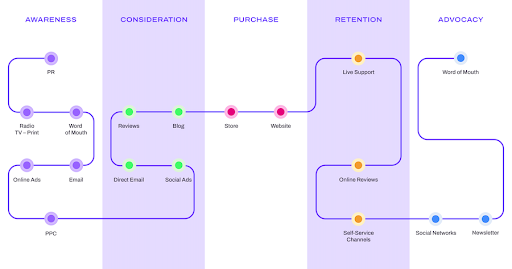
Seamless Omnichannel Experiences
Customers do not settle in just one ecosystem, they will jump around between web, email, mobile, social media, and chat. And yeah, they expect you to keep up with whatever context they expect you to know about their issues.
Your strategy is simple: ensure that data and conversations actually correlate and talk to each other across channels so customers don’t have to waste time repeating themselves. A true omnichannel alignment comes from blending your human and digital support in real time without missing a beat.
Personalization Across Touchpoints
Your customers are not dumb, they know when a response feels generic. Personalization is key, according to studies, 80% of customers are more likely to buy from you if you offer personalized experiences.[*] Personalization sounds daunting but it can be as simple as having a greeting by name when your users log in or as advanced as recommending their next buy through previous purchase data.
Frictionless and Accessible Interactions
What exactly is friction? Friction is any moment your conversions and conversations come to a halt and the customer’s trust in you dies. Navigation is your forefront in defence: make it intuitive, keep your forms short and simple, and ensure all your content is accessible (think of WCAG 2.1 standards). Accessibility is not just some diversity and inclusion initiative, it’s also part of compliance with standards both customer-set and industry-wide.
Relevance of Content and Offers
Your customers want to know you’re listening to them. Part of that means ensuring that everything hear, see, and touch on your apps are aligned to their specific needs and intent. The context behind your customers’ actions are forged through helpful content like how-to articles after purchase or even offering discounts when you sniff a cart is about to be abandoned. Relevance is the core to raising engagement and conversion without having to come off as desperate.
Proactive and Responsive Support
Your customers are not waiting to be saved, they want you to offer help before they even start blowing gaskets. In-app prompts, live chatbots, and contextual FAQs are three important players who can offer defense by actively cutting down customer frustration and scoring points that lead to confidence within users that you’re there and ready to help when they need it.
How to Measure Digital Customer Experience Success
The measurement of your DCX comes down to understanding what exactly does work and where exactly you need to tweak things to get them to work. Here are a few different ways to practically track and enhance your digital CX:
Key Performance Indicators (KPIs)
Your first steps towards DCX success and sustainability comes from your customer experience KPIs and metrics. A few solid KPIs like customer satisfaction (CSAT), Net Promoter Score (NPS), and your customer effort scores. On top of that, user engagement metrics and conversation rates help contextualize expectations and wants. How your digital channels are meeting your customer needs is everything these days.
Analytics and Reporting Framework
Solid collection of data and actually analyzing this data is how you make measurement actually work for you. This means comparing data to the industry benchmarks (and beating those) while also balancing ways to calculate a real return on investment (ROI). Consider implementing dashboards and regular reporting to keep your teams accountable and agile.
Feedback Loop Implementation
Continuous improvement is the final step to domination in the DCX space. When you get real-time monitoring, instant alerts for key issues, and prioritize enhancements on customer feedback, you create a pathway that’s both responsive and customer-focused.
How to Improve Digital Customer Experience
Digital channels are now the dominant preference for support. 73% of consumers favor digital over telephony, and this preference is growing across all age groups.[*] Improvement of your DCX is something that happens over time. It’s an effort that requires active listening, experimentation, and ultimately refinement to actually yield and grow tangible results and lifelong customers. We’ve outlined a few strategies that really go into making an engaging and organic DCX that keeps customers hungry for more.
Know Your Audience and Segments
Getting to know your customers’ goals, who they are demographically, and their behaviors is the heart of the DCX journey. Tools like heatmaps, recording your sessions, and surveys for your customers are how you build a data-first persona database and customer journey maps.
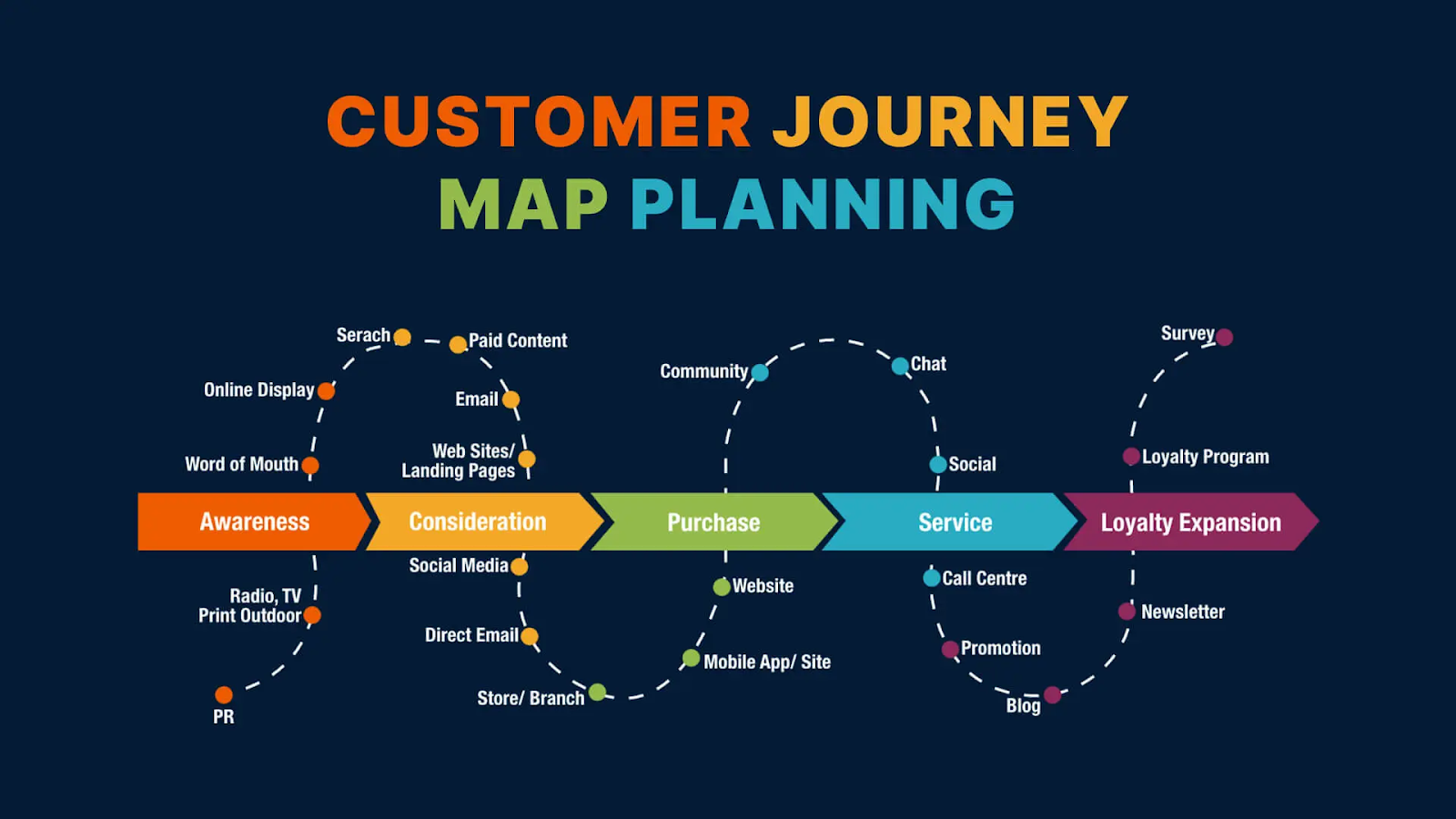
Research and Map Key Digital Journeys
If you think customer journeys are linear, you have another thing coming. Still, it’s key to get what your most common paths are (for example, ad clicks lead to product pages to checkout then support). Document these and look for where bottlenecks and drop-off points happen and cut those out.
Personalize Experiences Using Behavioral Data
Engagement data, purchasing patterns, and core trends in browsing history are what you can weaponize into customer-first customization within how you message and communicate offers and product recommendations. The smallest little nudges like adjusting homepage content to correlate with your users’ locations can drastically upshot your relevance.
Make Feedback Collection Easy and Ongoing
Things like review prompts, satisfaction popups, and micro-surveys need to find their way into your key touchpoints. Your best feedback loops are context-first and friction-free, showing up at the right time just before your users have an opportunity to speak up.
Track and Resolve High-Friction Areas
A few underrated indicators are failed searches, higher bounce rates, and rage clicks. These are signs of high-friction areas, to combat these: consider diagnostic tools that isolate the specific technical or UX issues.
Optimize Mobile and Accessibility Standards
Your mobilization experience shouldn’t just be a miniature version of your website’s desktop experience. Customize it to work with universal finger gestures, different device orientation, and the limitations of mobile bandwidth. Accessibility means alt text, keyboard navigation, and fonts people can actually read.
Ensure Data Privacy and Security Compliance
If trust is everything, then you’ve got to treat it like it’s something truly fragile and something valuable. Transparency is everything when it comes to how you use customer data. Offering easy-to-use preference centers and taking every step possible to comply with major privacy laws like GDPR and CCPA.
Close the Feedback Loop with Actionable Changes
Customers hate feeling ignored, any reaction they have towards you is something they’re making loud and clear. Private or even public acknowledgement of their thoughts and feedback shows them you care about them. This goes a long way to building goodwill and eventually brand advocacy.
Tools and Technologies for DCX
The key to unlocking your DCX potential lies within having the right tech stack to deliver those great experiences, here’s an essential list of tool categories including customer experience management (CXM) platform, with real-world examples and core functionalities:
Journey Mapping Tools
These tools are great for envisioning exactly where a customer’s path begins and how we can push them towards advocacy towards the end of their journey. These tools also show off where people are hanging up on your services and where you can tweak things to flow better across departments.
Key capabilities often include:
- Visual journey builder with drag-and-drop timelines
- Persona-based mapping to represent different audience segments
- Multi-channel path visualization, from website visits to email engagement
- Integration with analytics to overlay real-time behavioral data
- Collaboration features for CX, marketing, product, and support teams to co-edit and align
By mapping out every step, brands can spot moments of confusion, abandonment, or delay, and then optimize experiences across departments to keep users moving toward conversion and loyalty.
Some great examples include: Miro, UXPressia, Smaply.
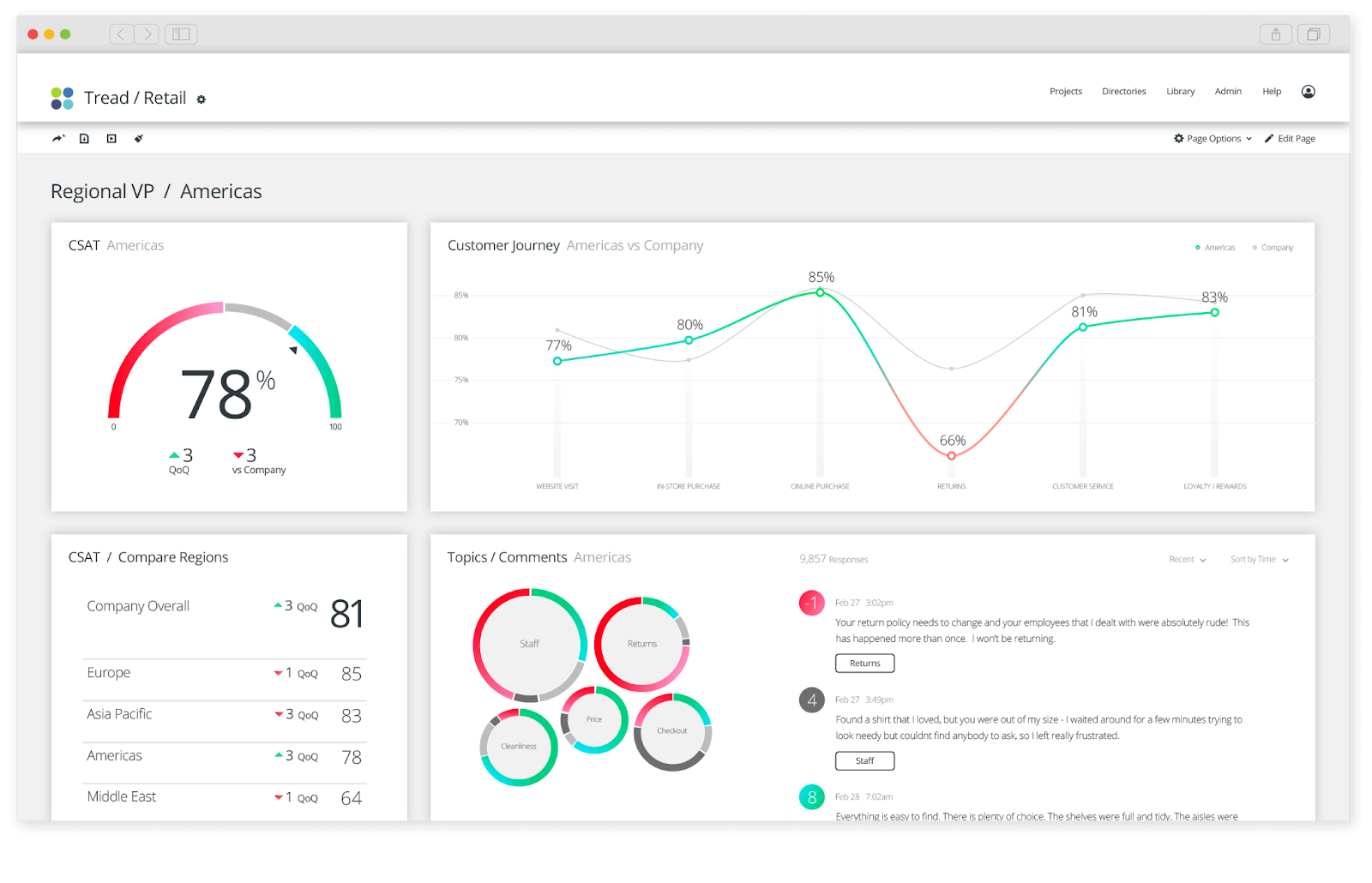
Feedback and Survey Platforms
Collect a wide range of qualitative and quantitative customer insights and thoughts using these tools. Understand where CSAT and NPS scores are trending towards, analyze open-text, and get in-session feedback widgets to make things a snap.
Key capabilities often include:
- Multi-format survey builder (NPS, CSAT, CES, custom questions)
- In-session popups and behavioral triggers for contextual feedback
- Real-time results and analytics dashboards with trend tracking
- Automated sentiment and text analysis powered by NLP
- Integration with CRM, CX, and email tools for seamless follow-up
With these platforms, teams can quickly gather actionable feedback, analyze satisfaction trends, and close the loop with customers thus making improvements that drive loyalty and advocacy.
Some solid players include: Hotjar, Medallia, and Qualtrics
CX Analytics Dashboards
Real-time tracking of user behavior allows you to create user segments, analyze existing funnels, and see where exactly you can make the conversation process even better.
Key capabilities often include:
- Customizable dashboards for funnel, cohort, and funnel drop-off analysis
- Real-time behavioral tracking across websites and apps
- Segmentation by channel, device, demographic, or campaign
- Event tracking and goal measurement for conversions
- Built-in anomaly detection and alerts on critical metrics
These solutions allow teams to quickly surface bottlenecks, uncover user trends, and act on insights to refine digital experiences to drive stronger outcomes at every step.
Here are a few tools to get you started: Google Analytics 4, FullStory, Heap, Mixpanel.
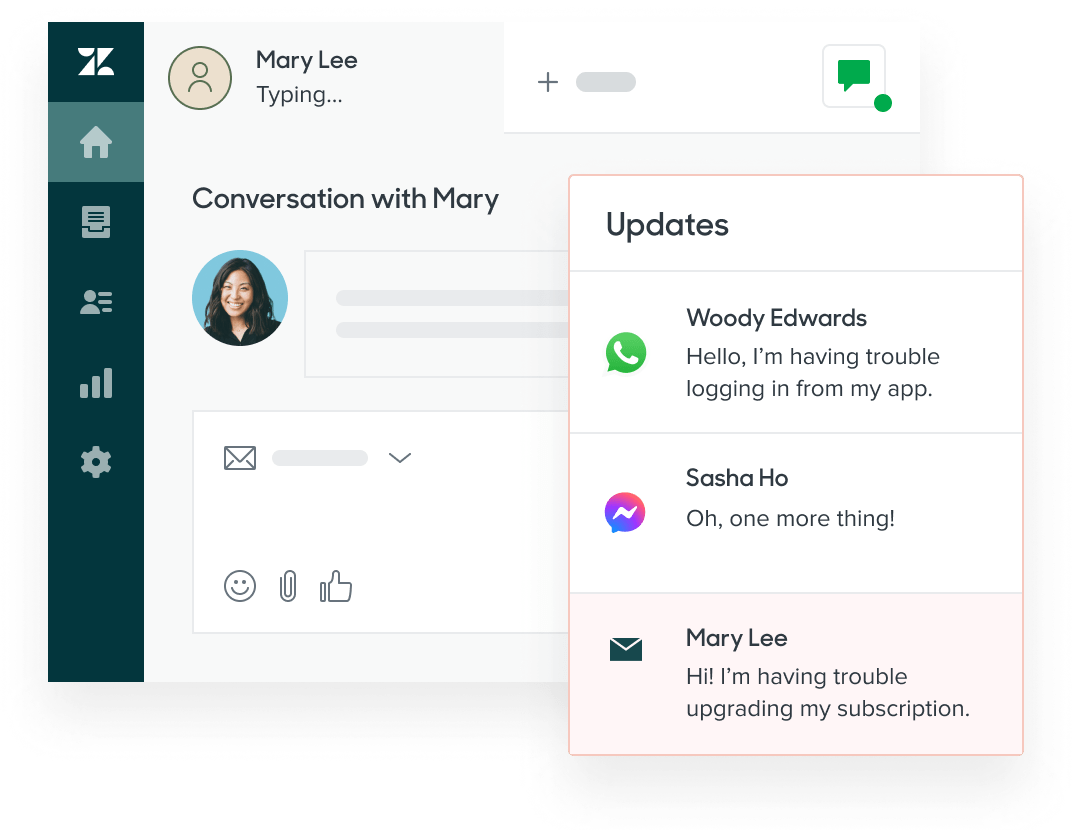
Omnichannel Engagement Platforms
Web, mobile, SMS, and email messaging needs to make coherent sense and align every step of the way with company ethos and policy. These platforms are great at ensuring your conversations remain relevant and contextually aware wherever your customers are.
Key capabilities often include:
- Centralized inbox for web chat, email, SMS, and social channels
- Unified customer profiles aggregating all touchpoints and history
- AI-powered automation for chatbots and triggered messaging
- Workflow routing and escalation for seamless service handoff
- Analytics on engagement volume, response time, and satisfaction
These tools enable brands to maintain consistency, relevance, and context in all customer communications.
The leading platforms in this space include: Zendesk, Salesforce Service Cloud, Intercom.
Personalization Engines
Personalization engines work to deliver experiences that feel tailored at-scale through rule-based logic and AI-empowered recommendations, swapping content, and product offers that feel dynamic and timed towards user intent.
Key capabilities often include:
- Real-time targeting and segmentation based on behavioral and demographic signals
- A/B and multivariate testing of personalized content or offers
- AI-driven product and content recommendations
- Dynamic page and email content swapping for individualized experiences
- Cross-channel orchestration to keep personalization consistent everywhere
By delivering highly relevant, individualized experiences, these platforms help brands boost engagement, conversions, and lifetime value across the entire customer journey.
Here are few top personalization engines: Dynamic Yield, Adobe Target, Optimizely
Real-World Examples of Digital Customer Experience
Digital customer experience is not something that you can ignore, these leading companies are using DCX to its highest potential. They lead the way in streamlining, elevating, and personalizing all the steps of their customer’s journeys.
Netflix
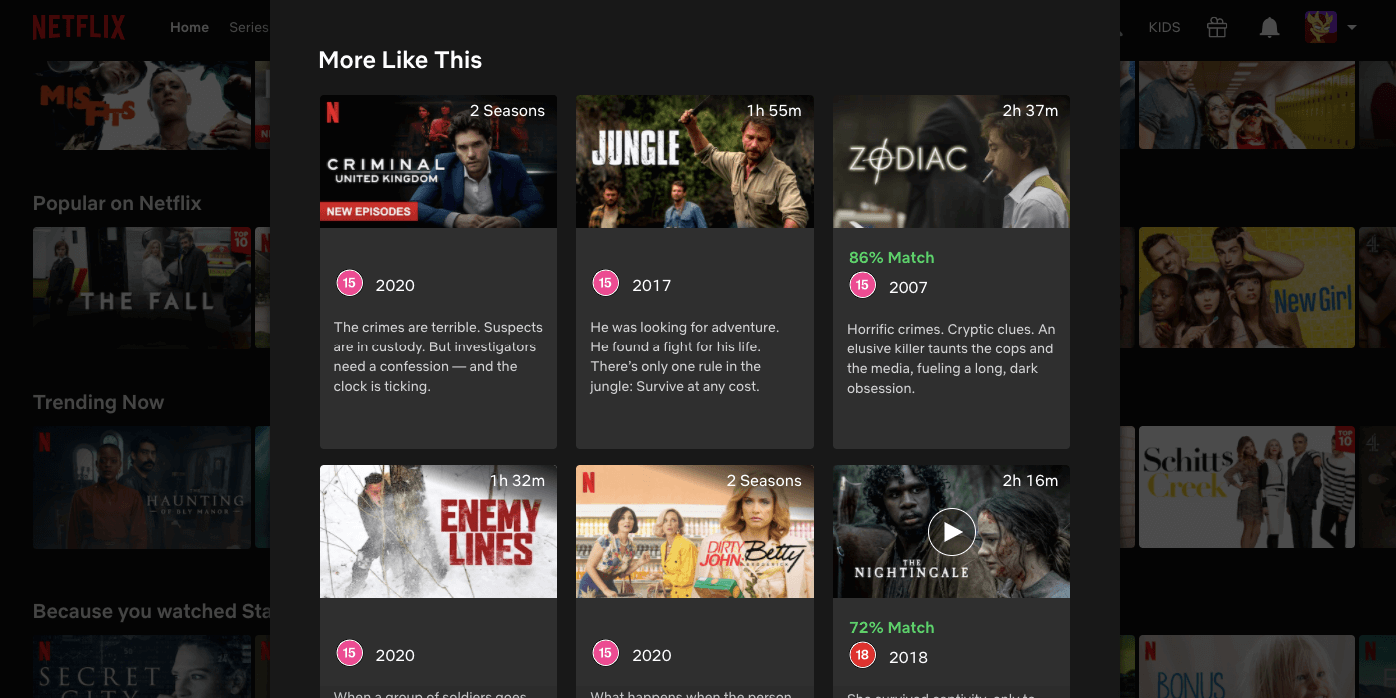
Netflix has stood atop the chain of digital entertainment platforms thanks to their hyper-personalized DCX powered by advanced data analytics and recommendation algorithms. Netflix knows what users want to watch because they see their viewing times, preferences in genre, and attention spans. 80% of viewer activity is driven through these recommendations which has led to over 230 million subscribers worldwide.[*]
Spotify
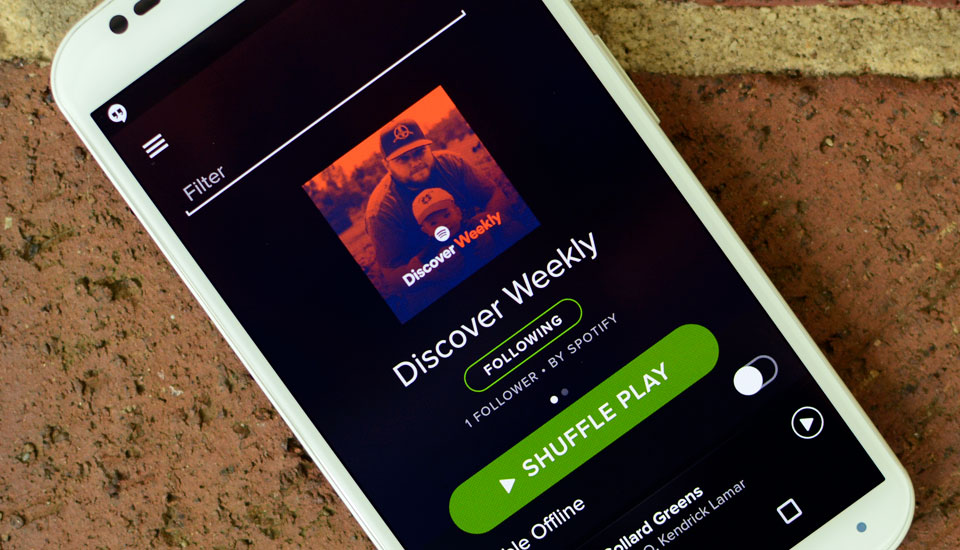
On the music front, Spotify also excels at DCX due through their engine of continually improving and evolving music personalization features. Spotify is a giant because of their recommendation algorithms that include curated playlists like their “Discover Weekly” which just kills it at user engagement. 2024 was their biggest year to date with 626 million different users and 246 million being paid subscribers worldwide: a 12% YoY increase. Their own metrics show that 1 out of 10 US users open the mobile app daily![*]
Apple

Apple’s ecosystem is sticky and seamless and something that bridges together their products and services through intuitive design and customer support that’s world-class. Apple’s own NPS reached 72 in 2022, something that puts its competition to shame with iPhone retention rates hitting 90%.[*] The company does this by offering omnichannel support, in-store workshops, and responsive and comprehensive online service that just keeps customers hooked for life.
FAQs
DCX refers specifically to digital interactions like websites and apps, while CX includes the full spectrum of online and offline touchpoints.
Use KPIs like CSAT, NPS, and CES alongside engagement data and customer feedback loops.
Inconsistent channel experiences, slow load times, lack of personalization, and inaccessible design are top culprits to DCX challenges.